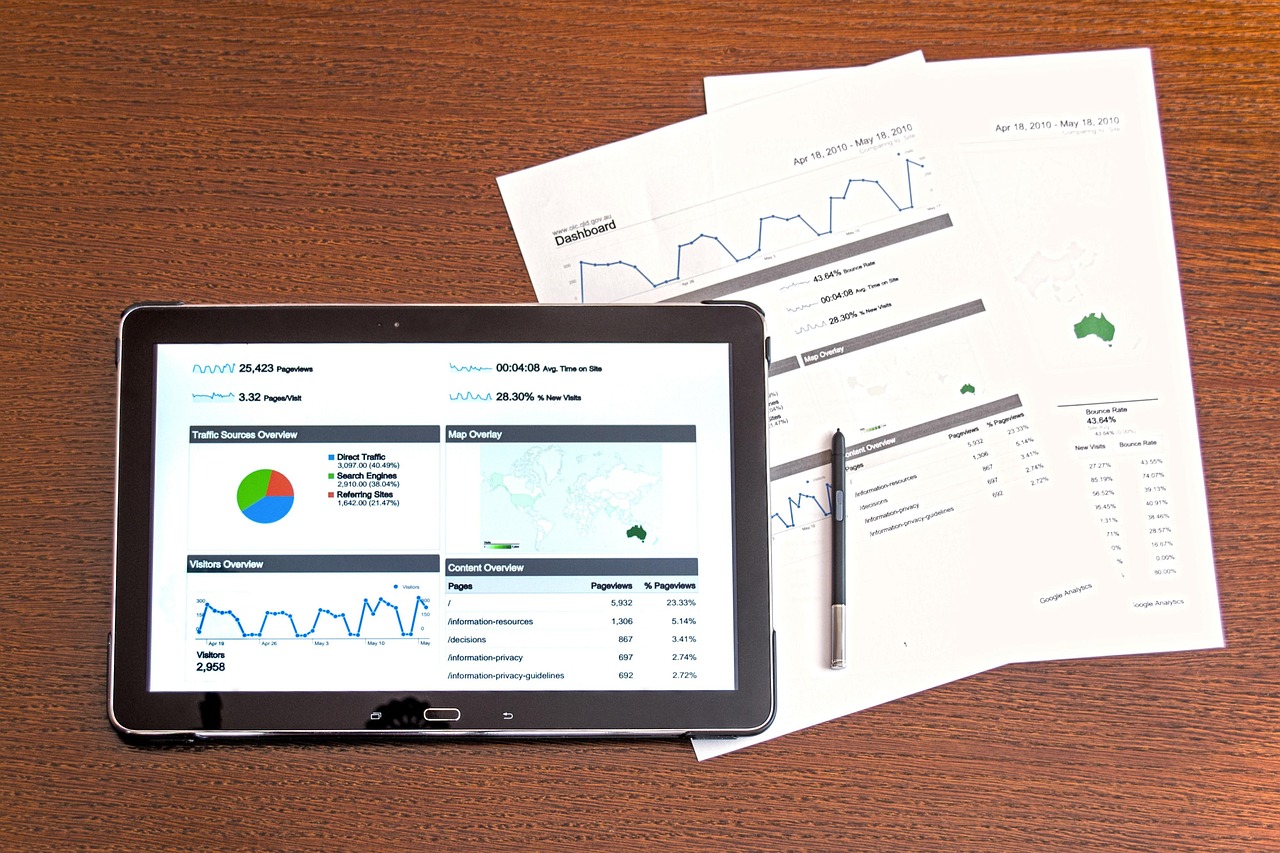Budgeting Platforms Embrace Dark Mode Interfaces

In recent years, dark mode has transcended its niche origins to become a mainstream feature across a multitude of digital platforms. This trend is now gaining traction within the realm of budgeting software, as financial technology companies strive to enhance user experience by offering dark mode interfaces. This feature not only caters to aesthetic preferences but also addresses practical concerns regarding user comfort and energy efficiency.
Dark mode, a display setting that swaps the traditional light background for a dark one, was initially popularized by developers and tech enthusiasts. It has now become a standard offering on major operating systems like Windows, macOS, Android, and iOS. Budgeting platforms, which are increasingly being used by individuals and businesses globally, are following suit by integrating this feature into their user interfaces.
The adoption of dark mode by budgeting platforms is driven by several factors:
- Visual Comfort: Dark mode is widely recognized for reducing eye strain, particularly in low-light environments. This is crucial for users who spend extended periods managing their finances on digital devices.
- Battery Efficiency: On OLED and AMOLED screens, dark mode can significantly reduce power consumption, thereby extending battery life. This is a notable advantage for users who prefer mobile devices for budget management.
- Accessibility: For users with visual impairments, dark mode can offer better readability by providing a high contrast ratio between text and background.
Budgeting platforms such as YNAB, Mint, and PocketGuard have already started to incorporate dark mode into their interfaces. This move aligns with a broader technological shift that prioritizes user-centric design and accessibility. Additionally, the integration of dark mode is part of a larger effort to provide customizable user experiences, allowing individuals to tailor their financial management tools to their preferences.
Globally, the emphasis on enhancing digital accessibility and user experience is reflected in policies and guidelines such as the Web Content Accessibility Guidelines (WCAG), which advocate for adaptable user interfaces. As financial technology companies aim to serve a diverse user base, including those with specific accessibility needs, features like dark mode become increasingly pertinent.
The implementation of dark mode in budgeting platforms also underscores the importance of user feedback in product development. Many platforms have introduced this feature in response to user demand, demonstrating an industry-wide shift towards more responsive and iterative design processes.
Looking ahead, it is likely that the trend of offering dark mode will continue to gain momentum, not only within the realm of budgeting software but across the broader spectrum of digital applications. As more tech-literate professionals seek efficient and personalized digital solutions, the integration of features like dark mode will remain a key differentiator in the competitive landscape of financial technology.
Ultimately, the widespread adoption of dark mode interfaces is a testament to the evolving nature of digital interaction, where user comfort and accessibility are paramount. As budgeting platforms continue to innovate, they must balance the introduction of new features with the need to maintain security and reliability, ensuring that users can manage their financial affairs effectively in a rapidly changing digital environment.














